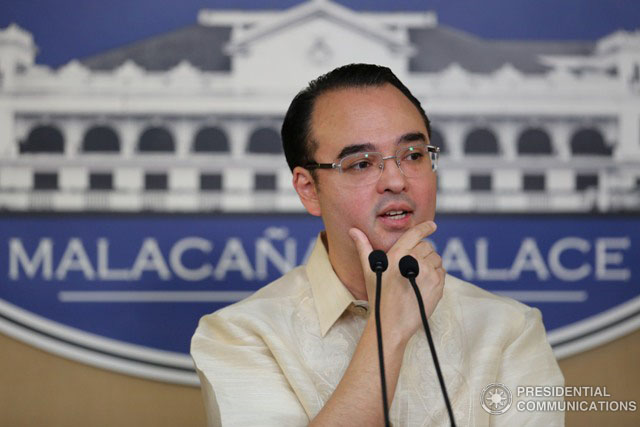News
Measures to cushion effect of nCoV on PH tourism sought
MANILA — Speaker Alan Peter Cayetano on Monday said two House committees would study measures that would help cushion the impact of the novel coronavirus (2019-nCoV) on the tourism and travel industry.
Cayetano directed the House committees on tourism and economic affairs to start working with the Department of Tourism (DOT) to assess the short- and medium-term effects of the 2019-nCoV “to ensure that tourism growth will not be derailed in the next few months.”
“We acknowledge the necessity of the decision of some airlines to cancel flights and the government’s imposition of a temporary travel ban from Hubei, China and other provinces of China that are seriously affected by the dreaded 2019-nCoV, but we still have to prepare a plan to lessen its impact,” Cayetano said.
Cayetano stressed the need for the country to be ready in case the outbreak is prolonged.
“It should not be a just a wait-and-see attitude because we don’t want our tourism industry to suffer,” he said.
DOT records show that 1.63 million of the total 7.4 million international tourist arrivals from January to November of 2019 were Chinese.
The Chinese are also considered the second biggest tourist spenders in the Philippines next to the South Koreans, with the DOT noting that Chinese tourists spent $979.4 million or around PHP51 billion in the country in the first half of 2019.
Cayetano also called on the various government agencies to work together to come up with a comprehensive contingency plan to cushion the impact of the 2019-nCoV, not just on the tourism industry, but all other sectors in the Philippines.
“The government must pool its resources to prevent this public health issue from becoming an economic crisis,” he said.
Albay Rep. Joey Salceda said tourism accounts for around 2.5 percent of the country’s gross domestic product (GDP), noting that the virus’ effect on the industry will depend largely on how long the 2019-nCoV crisis will last.
“The SARS crisis lasted for around 9 months. If it takes the same amount of time before the nCoV crisis abates, the tourism industry may decline to around 2.0 to 2.2 percent of GDP, depending on whether we can effectively come up with a catch-up strategy,” Salceda said.
“Chinese tourists account for around 20 percent of tourist arrivals in the country, so we can more or less write those arrivals off given the travel ban,” Salceda said.
Salceda said the government must ensure that the extent of the 2019-nCoV infection in the country is not “exaggerated among foreign markets”, as well as ensure that tourist providers are guided on the 2019-nCoV infection prevention and mitigation measures.
As for its overall impact, Salceda said the 2019-nCoV could lower the country’s growth potential by 0.1 to 0.4 percent from baseline, depending on how “protracted” the situation becomes.
The economist-lawmaker noted that this can be easily mitigated by the prompt delivery of government programs and projects.
“Comparatively nCoV is less fatal, and the transmission can be prevented by generally accepted and common health and hygiene practices. Economically, this is a situation where the only thing we have to fear is fear itself,” Salceda said.
“The impact of the situation will depend squarely on how the government maintains public confidence,” he added.






















